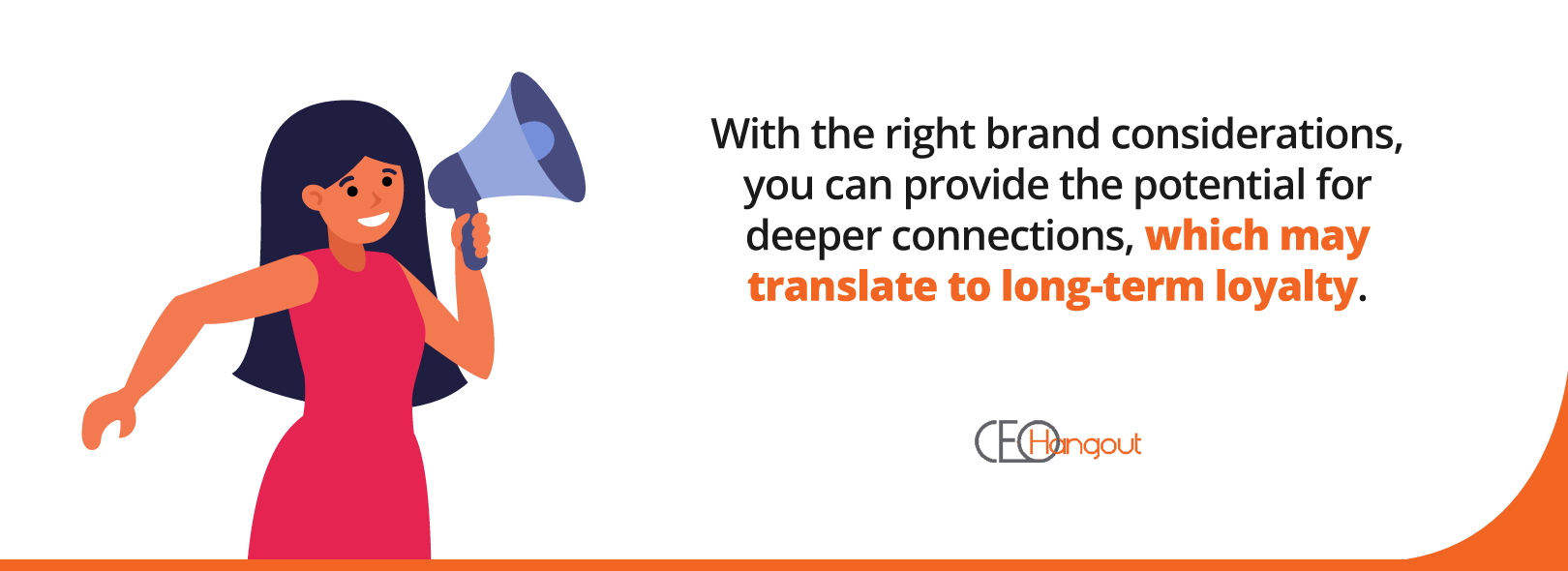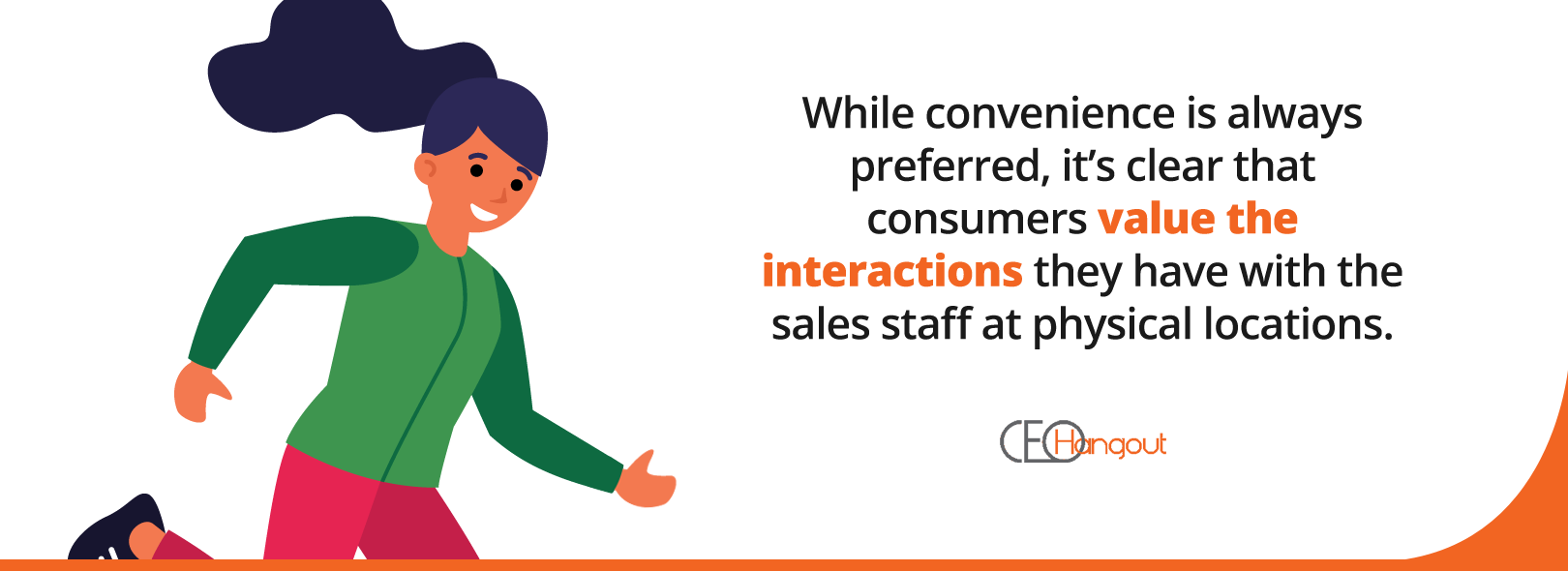It’s a tough time for many businesses. Around 25% of U.S. adults have gone unemployed primarily due to Covid-19. Yet, for those considering beginning a startup, this could be an ideal time to plan and implement your new enterprise.
Not only do you have early insight into the challenges that your business will face, but you can also see what is important to consumers at this time. As you start to edge into 2021, you’ll find that ensuring a premium customer experience could well be the key to your success. Throughout the past year, some companies have struggled to adapt to changes while maintaining customer service standards. Consumers have been missing some of the personal attention and service levels that they had come to expect. New startups have an opportunity to use data about consumer priorities at this time and design their experiential approach from the get-go.
It’s all very well acknowledging this concept, but focus on customer experience can be easier said than done. It’s not always clear what tactics to use that enhance the customer encounter while also serving the needs of the business. Let’s take a look at a few areas that can benefit from your attention. Why can they make a difference, and what strategies can you use to capitalize on them?
Voice, Visuals, and Values
A key part of the customer experience is how visitors relate to your business. This is where branding comes into play. You need to be able to design and utilize your branding to make for a more positive outcome. Why? Well, the elements that comprise your branding cannot just impact individual interactions but must forge long-term relationships with your customers.
With the right brand considerations, you can provide the potential for deeper connections, which may translate to long-term loyalty. This is certainly something all startups need in these uncertain economic times.

When most of us think of brands, we consider the aesthetic elements. Logos, color schemes, typefaces are all important, and they make a difference to customer experience too. When choosing these aesthetic items, consider not just how they represent your business, but also how they will make your customers feel.
Using hot colors such as red helps your customers feel excited about what you’re doing — but bear in mind whether that’s the frame of mind you always want them to be in. Consider a balance of visuals to take consumers through a journey when using your website and marketing materials. Give them moments of excitement, but also use images and tones that encourage trust when talking about your finances and company values.
Indeed, having a clear set of values is increasingly becoming one of the most important brand elements for customer experience. Studies show that 70% of Millennials (currently the largest consumer base) take company values into account when purchasing.
According to Forbes, compared with 52 percent of all US online adults, the ratio of US millennials who actively consider company values when making a purchase is nearly seven out of 10. Older Millennials (ages 27 to 35) are particularly conscious of company values across product categories.” But it’s important to remember that you should present your values no matter what your demographic is.
In fact, part of your customer research should include what your patrons consider ethically and socially important so that you can see where you can help your own values to authentically align. Through the content you produce, the social media posts you share, and your day-to-day operations, your brand values should be evident.
You should also consider how your brand directly interacts with consumers, too. Designing a voice for your brand helps to provide a sense of consistency and stability — it helps to set and meet customer expectations of their time with you. Designing a voice doesn’t necessarily have to be as formulaic and stiff as prescribing the vocabulary every employee uses. However, it’s good to agree upon an approach, a tone that reflects the experience you want consumers to have when interacting with you. Apply this to your website, your content, and your customer service.
Web Design
As a startup, your primary point of contact with your consumers and clients is likely to be your website. It may well comprise your entire storefront. Over the last few years, the idea of user experience (UX) has become a key area of focus in web design. This is because businesses are finding that UX has a direct influence on profitability.
Applying resources to this area has been known to see a return on investment (ROI) up to 500% — specifically, according to AGI, “Investing in user experience provides a considerable return on investment. Every dollar spent on UX has an ROI that doubles that investment and can provide up to a 500% return. Companies that invest in user experience research find their customers are significantly more likely to remain with that same brand (15.8%) and by a similar percent, more likely to recommend the product or service (16.6%).”

This is important information because our turbulent year has seen a greater customer focus on making purchases online. As a result, your plans for a startup in 2021 must include making your web presence the best possible place for your target audience to spend time. The good news is that the emphasis on web UX over the last few years has resulted in reliable resources and best practices for you to apply.
These can include:
- Accessibility. It’s important to remember that while there is a legal obligation under the Americans with Disabilities Act to make reasonable provisions, you shouldn’t limit your efforts to these. Remember that not all challenges faced by customers will fall under the strict categories the ADA covers. Take an empathetic approach, and do your research into how older visitors might navigate your website. Consider how certain audiovisual elements might be overwhelming for more neurodiverse customers.
- Clarity. You don’t want your visitors’ experience to be confusing. Therefore all aspects of your web design should be geared toward simplicity. Make sure all action buttons can be found and accessed easily. Make menu items consistent — even down to colors and fonts. This helps users intuitively know how to find other aspects of your site they may need.
- Demographic Design. You certainly don’t want to limit UX to a specific demographic. However, it does help to do some research into the common traits and needs of your primary customer base. Look into what they find useful in their favorite websites and apps. Utilize similar navigation interfaces to those they’re already used to. This can help them feel immediately comfortable in your environment, and more likely to keep engaging with you.
Connections
There’s a lot to learn from the shift from in-person services to online outlets. While convenience is always preferred, it’s clear that consumers value the interactions they have with the sales staff at physical locations. As a result, it’s important for startups in 2021 to ensure that they do what they can to bridge this gap.

The tools to make this practical are becoming increasingly accessible to all businesses. Chatbot artificial intelligence has become advanced to the point that it can use company data to answer a wide range of questions for consumers. Let’s be clear, though; consumers know that the avatar that pops up isn’t a real person. However, a chatbot still provides the experience of a satisfying customer service interaction, while being conveniently available at all hours of the day or night.
Even more important — chatbots can save businesses a lot of money, especially when it comes to customer service costs. According to IBM, by 2022, based on a recent analyst from Juniper Research, about $8 billion per year in customer support costs will be saved by companies because of chatbots and NLP (natural language processing). This is way more from the $20 million in estimated savings for 2017. For every second chatbot can shave off average call center handling times, call centers can save as much as $1 million in annual customer service costs.”
In terms of making your chatbots approachable, too, don’t underestimate the value of personalization. This is one of the areas in which you can create an experience that rivals the local stores. eCommerce outlets have been using customer data — such as geographical location and past visits — to create personalized offers and display products that are relevant to their needs. One study reported that 75% of consumers like brands to personalize messages to them. By focusing on an individual experience, you can leave a positive impression.
Conclusion
We are living in an increasingly digital world, and a person’s desire to shop and engage in business from home is a big part of that. And while many parts of this new digital world are convenient and exciting, especially for the customer, the experience can sometimes feel detached and impersonal.
To remedy this, in 2021 startups should seek to focus on customer experiences that provide positive impressions and convert to long-term loyalty. This step alone will not only improve retention but bring more customers to the door.
